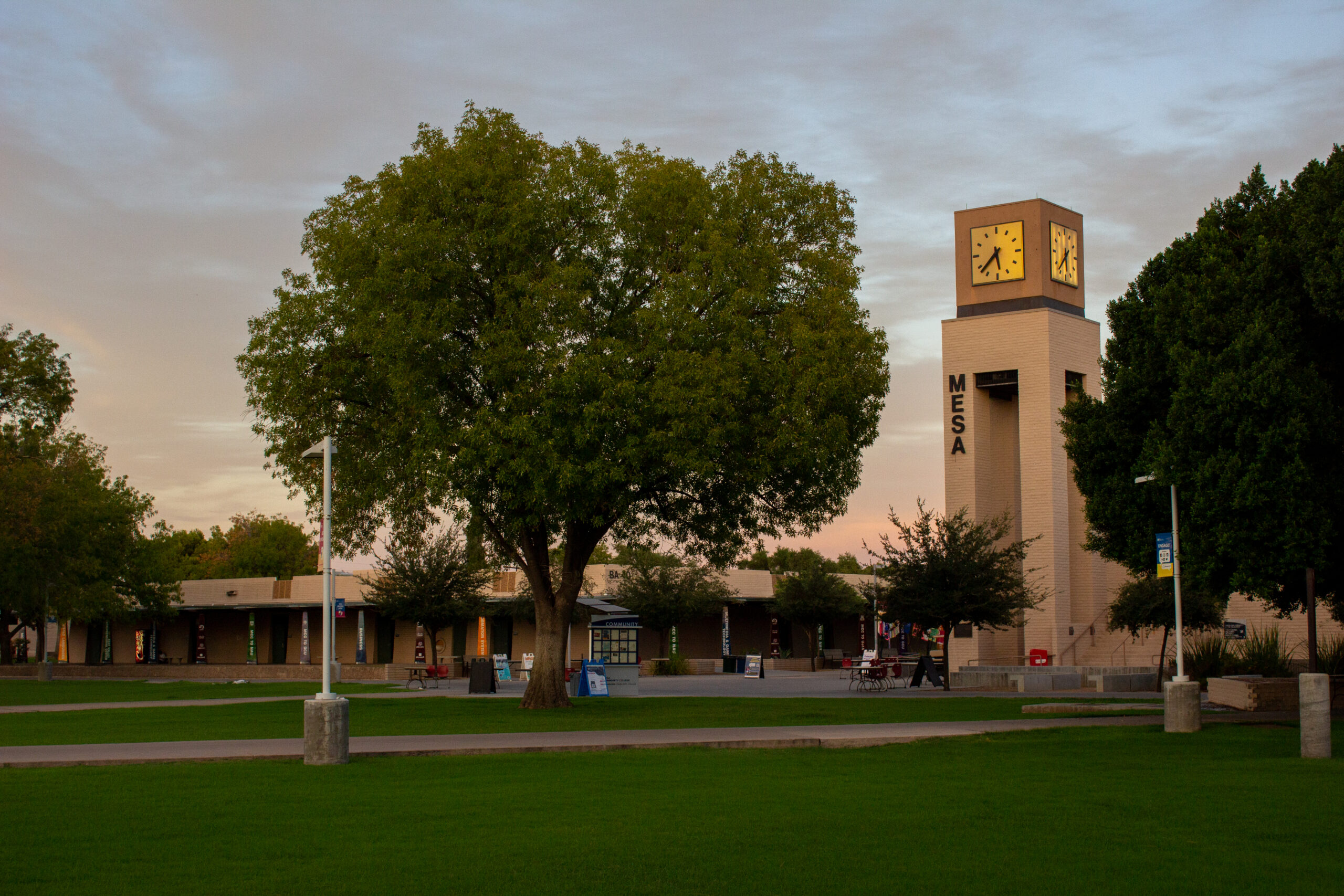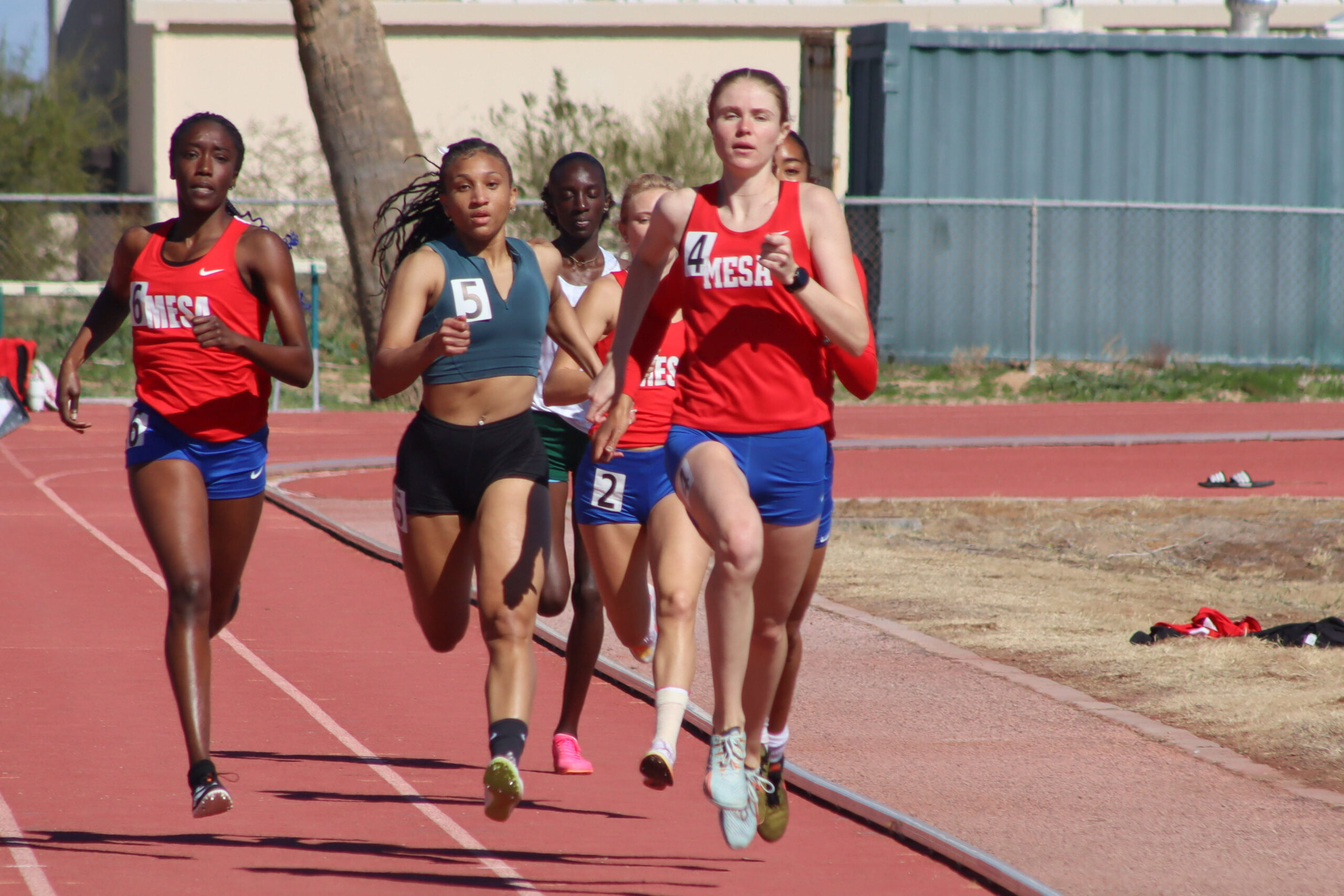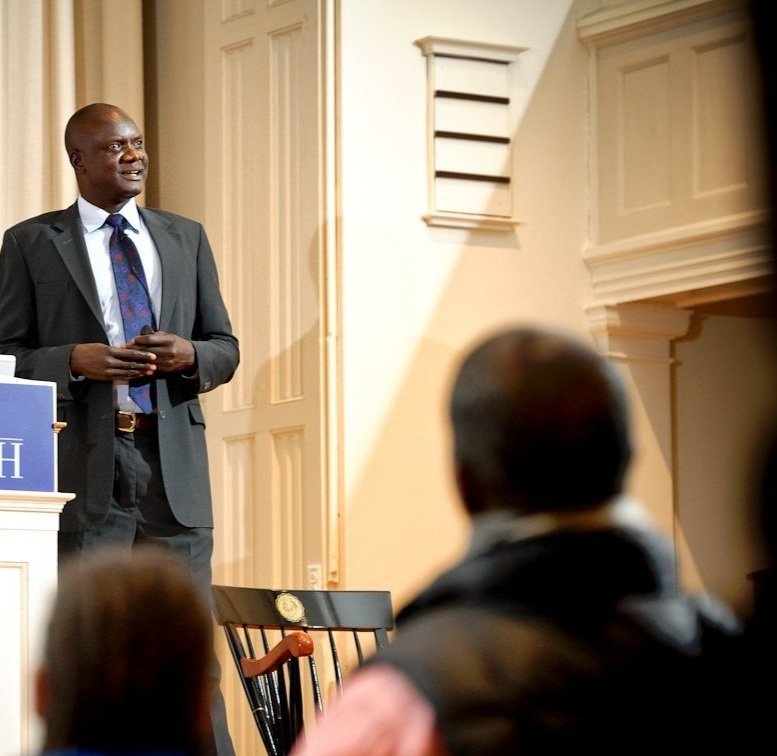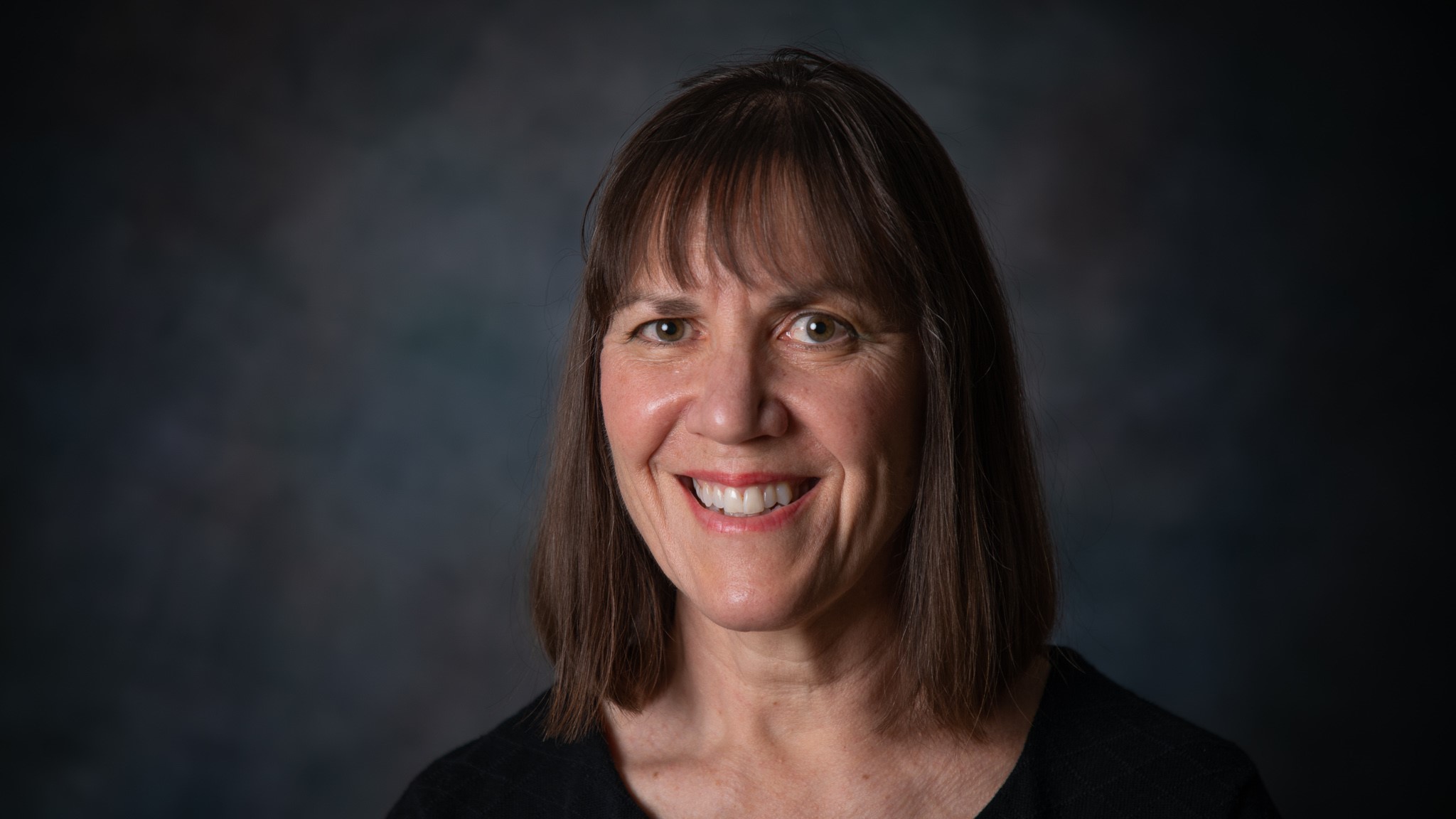1000 Women in Religion
Dr. Elizabeth Ursic, a religious studies professor at MCC, started teaching her students about representation and citation by having them participate in the “1000 Women in Religion” project in the Fall 2021 semester. She described the project as an initiative to get the biographies of more women who are religious leaders onto Wikipedia.
Ursic is the co-chair of the American Academy of Religion. Her work as a leader of the organization helped her discover that very few female religious leaders have biographies on Wikipedia. She said that the number is as low as 17 or 18 percent at this point.
The American Academy of Religion creates lists of women who should have more information about them on Wikipedia. Ursic said she thought that having her students participate in the project would be an interesting opportunity to teach her students about the number of female religious leaders who are not on Wikipedia.
It is also an opportunity for them to learn how to find external sources, cite them, and paraphrase instead of quoting directly.
“This project is very important because we have a perception, especially in the area of religion, that most religions have predominantly male leadership. And while it is true that there are quite a few men that lead the world’s religions, there are significant contributions that women have made over time,” said Ursic.
She added that bringing women’s history to the forefront of people’s minds is a way to create a more honest reading of history while also honoring the women that are doing great work today.
Ursic said students responded positively to the assignment.
She asked her students to choose a woman from the American Academy of Religion’s lists, which already include two sources for each woman, and write a Wikipedia entry about her.
Ursic said she gave her students a long list of female religious leaders who are not on Wikipedia to look through. Many of her students took the time and effort to find a woman whose background interested them personally.
“It was awareness building for them to see how many women still have not been acknowledged in this kind of a public platform who’ve done really good work,” said Ursic.
She also said it brought her student’s attention to how important it is to bring the accomplishments of women in religion to the public’s attention.
Ursic said she plans on improving the assignment and including it in future semesters of her class.
“We’re learning a lot and getting feedback from students, and I’m getting more input from my group and my organization from the women’s caucus at the American Academy of Religion on what we can do to make the process simpler, more inviting, and more helpful for students as they go and do this work,” said Ursic.
“I chose to research and write an information stub for Catherine L. Albanese PhD, an author, professor emeritus at the University of California Santa Barbara, and international speaker,” said former student of Ursic, Kaylee Celaya.
Celaya said the hardest part of the assignment was choosing one woman to focus on.
She thought all of their contributions were important, but wanted to find someone who intrigued her personally.
“As I searched, one of Dr. Albanese’s books caught my attention, America: Religions and Religion. As a researcher and educator, Dr. Albanese’s book discussed the definition of religion and how it has changed in the U.S. because of different social and political influences,” said Celaya.
The project reinforced Celaya’s understanding of the lack of recognition women receive in religion, and successfully brought that reality into the world she grew up with, the internet. She thought Dr. Albanese showed commitment to bringing awareness to women’s contributions in religion.
She said it would be hard to sum up the lessons she learned in the class in one sentence. Ursic’s was the first class that put her in a position to write about her relationship with religion.
“It was an eye-opening experience that will influence the way that I interpret messages from political, community, and religious leaders moving forward,” said Celaya.
Kaitlyn Farnsworth is another student from Ursic’s Fall 2021 class. She wrote about Parivash Rohani, a Baha’i activist.
Farnsworth said that the assignment was beneficial to her career as a student at MCC because it helped her learn more about women and their impact on the world.
“My career choice, I’m going into fashion design, and I like to look at women for inspiration,” said Farnsworth.
The part of the class that stuck with Farnsworth the most was the impact of learning about women she had never heard about before.
“You hear about all these other women and how they’ve reacted in certain situations and what they’ve done and everything, but hearing about somebody that you’ve never done who has such an impact on a smaller community, I think it was very interesting to read about because she’s helped other people who I’ve never heard about and never knew,” said Farnsworth.
The “1000 Women in Religion” assignment can be found in Elizabeth Ursic’s Women in World Religion class. The class is listed as a religious studies course as well as a women’s studies course.











